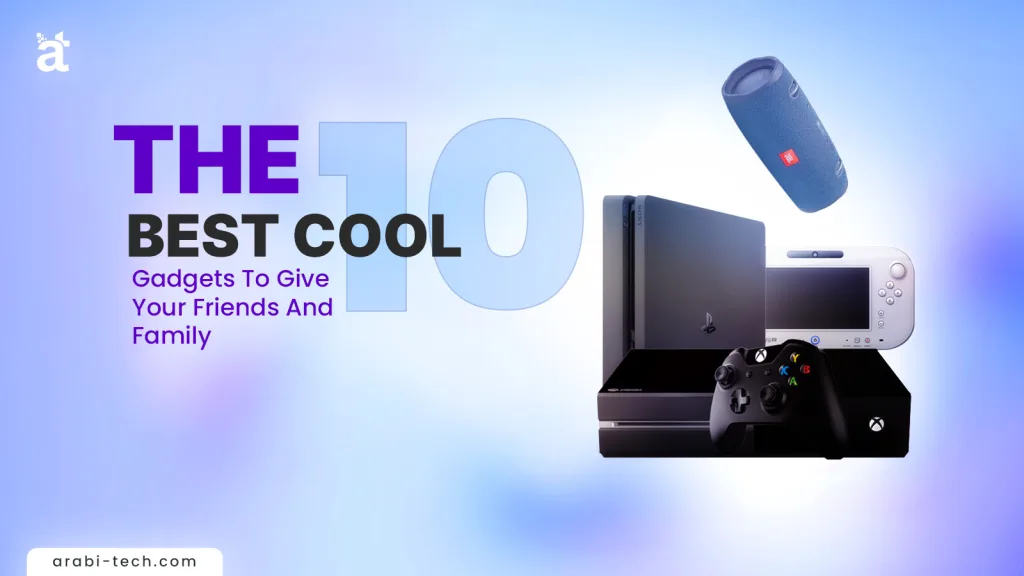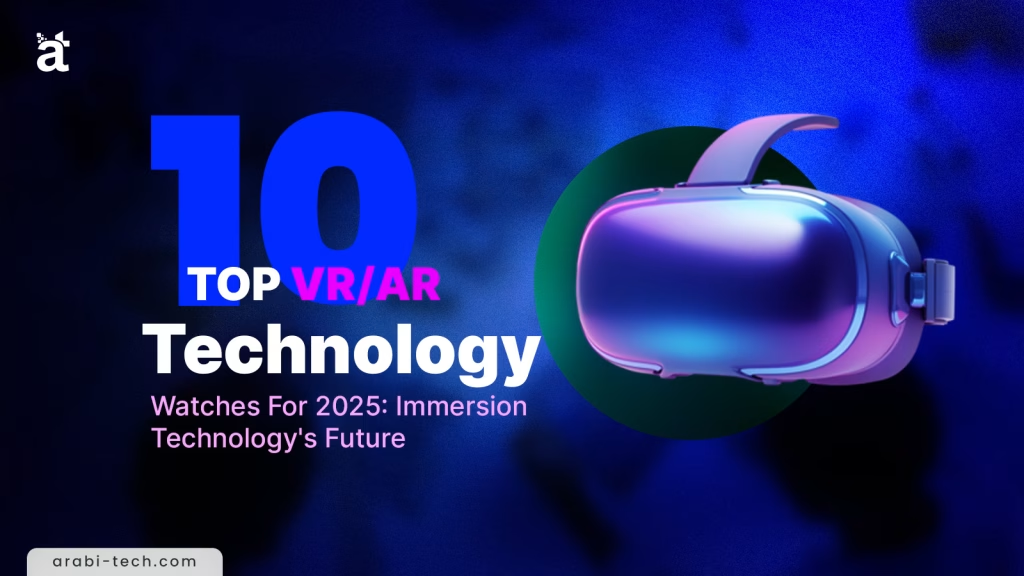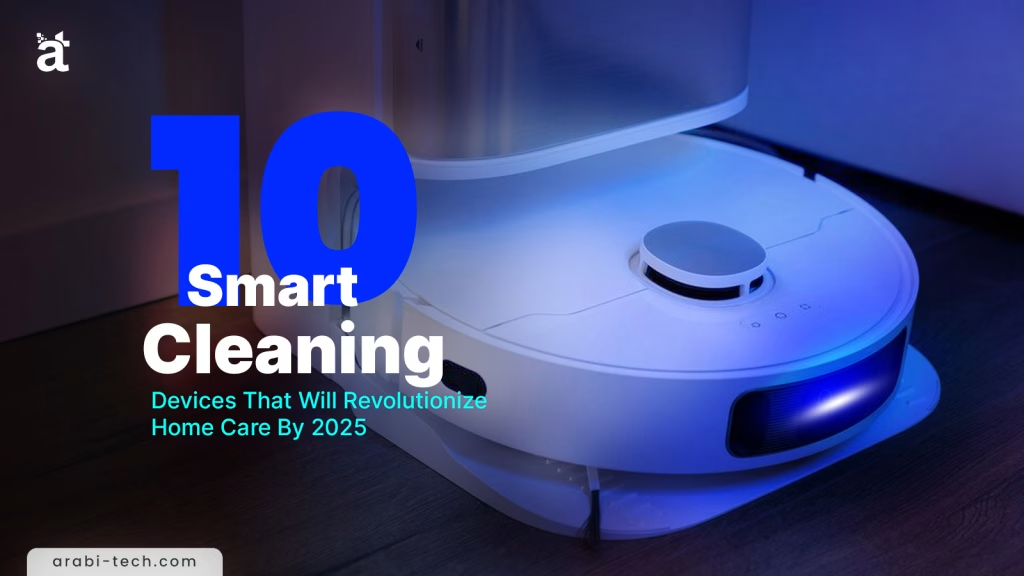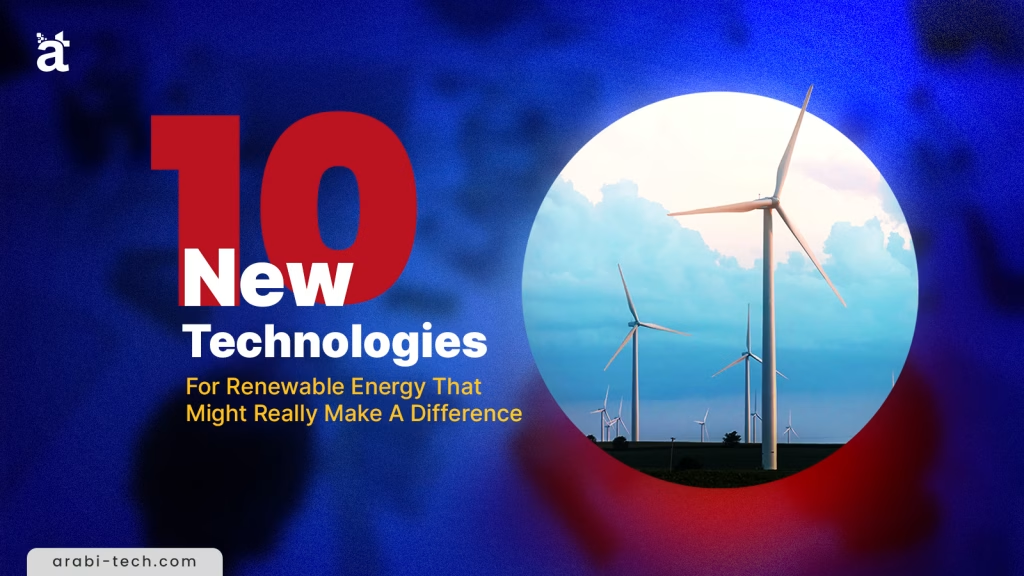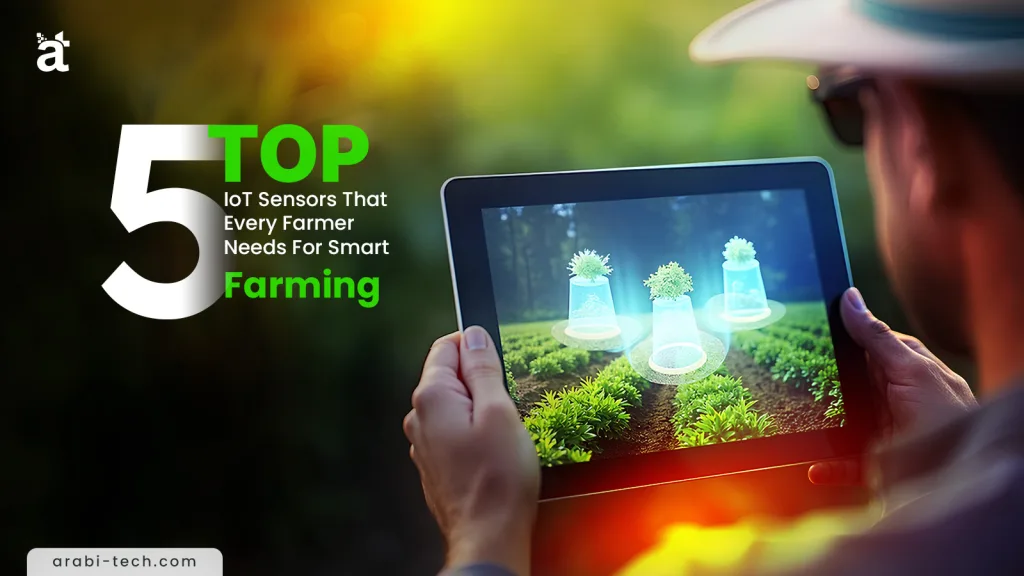
Top 5 IoT Sensors That Every Farmer Needs For Smart Farming. The Internet of Things (IoT) and other new tools can help you grow. These tools let them see their land, crops, and the area around them right now. Now that people know this, they can make faster and better choices. Among other good things, IoT technology helps you get more done and make better use of resources. There are different kinds of IoT monitors, and each one is used for something different.
Audio article :
Table of contents
Soil Moisture Sensors
There are things in the ground that measure how wet it is. These screens show you how wet the ground is right now. They tell people who grow plants when to water them. This technology makes sure that veggies get the right amount of water and don’t lose any. You can choose from three main types of sensors: CSR, sensitive, and TDR. Capacitive devices can tell if dirt changes the dielectric constant.
The ground lets electricity run through it, but some things find it hard to do. TDRs find out how deep into the ground a signal can go. They can plan when to water better and use less water when they use monitors that tell them how wet the land is. You can add them to things that water plants to help you keep even better track of the water.
Top 5 IoT Sensors
Temperature And Humidity Sensors
Your field or yard can be a weather station where you can check the weather. These alarms measure how hot or cold the air is and how much moisture is in it. To grow, plants need the right amount of water and warmth. The weather stays just right for plants to grow with the help of these things. If the temperature or humidity level goes outside the range that was set, the farmer will be notified.
It’s easy to keep plants from getting sick or worried. A lot of heat and humidity monitors are built to last, so they will still work when the weather is bad. You can also link them to robots that allow you to change the temperature or flow of air in parks. This is a good way for the plants to grow. This stuff can help them run their fields better inside and outside.
Light Sensors
A big part of smart farming is light cameras. They watch how much light the plants get. How fast plants can do photosynthesis is based on how much light they get. Light cams keep an eye on plants in the yard to make sure they get enough light. They also assist in maintaining energy use in check-in managed areas and other places.
A PAR gun is one type of light monitor. PAR stands for “Photosynthetically Active Radiation.” They look for light that plants may utilize to make food. LUX cameras, on the other hand, look at how bright it is. Make sure plants have enough light by checking how much they get. The lights on some TVs change based on how much light comes in from outside. This saves power for the farms.
PH And EC (Electrical Conductivity) Sensors
You need pH and EC meters to check on the health of the soil. The pH tells them how acidic or basic the dirt is. The chemicals that plants can use change based on the pH level. EC checks on the land often to see how much salt is being made. These salts change the amount of plants that can grow on this land. In other words, plants might not get the food they need if the pH or EC level is off.
These facts can help them change the dirt by adding lime or fertilizer. How much food is grown can change a lot with just a few small changes to the soil. They help you plant with more accuracy. To make sure the plants can grow and the nutrients are being used properly, check the pH and EC monitors often.
Proximity And Motion Sensors
People who move around on farms are watched by close cameras that move. You can use these tools to find anyone or anything that shouldn’t be on the farm. Close things can let you know when something else is close in a certain place. Being able to pick up movements can tell when things change, like when animals get close to fields or tools.
With these tools, you can stay safe and get rid of bugs. In this case, moving monitors can sound a warning when pests come into the field. When it’s time to pick the plants, keep an eye on them. They are simple for a farmer to use to protect their crops and get the most out of their goods. To keep the farm safe, they additionally monitor what goes on around it.
Conclusion
A lot of what makes smart farming work well is the IoT trackers. They can use these tools to check on their farms and see items like how wet the ground is and if there are insects or other pests there. They can make smart choices when they use more than one computer at the same time. These tools can find out about light, pH, EC, humidity, temperature, and how wet the soil is.
You can use these tools to get more done, lose weight, or just make the most of what you have. There will be smarter watches because technology keeps getting better. IoT tools help farmers learn useful things that help them grow better food, which is good for farming.
